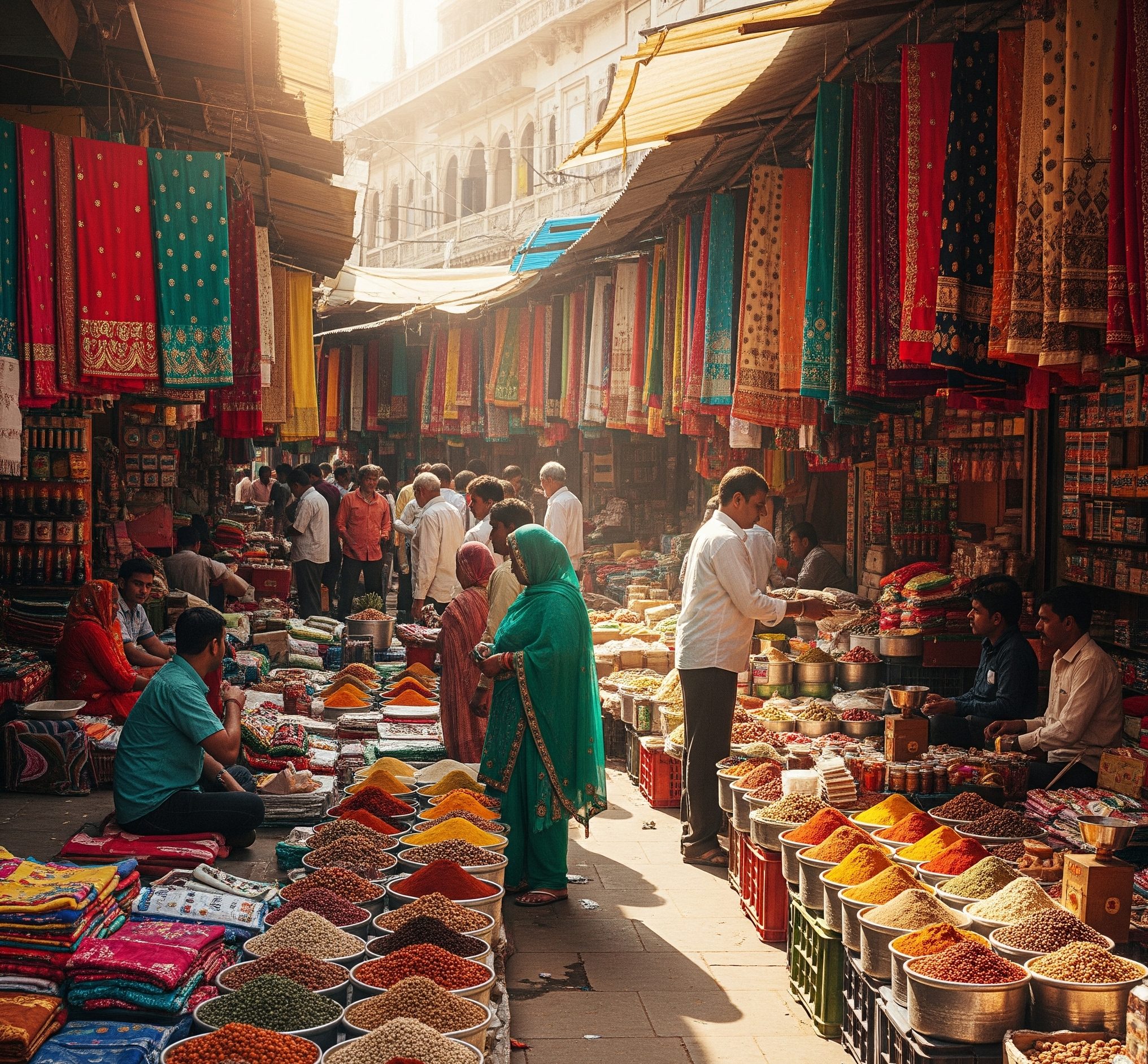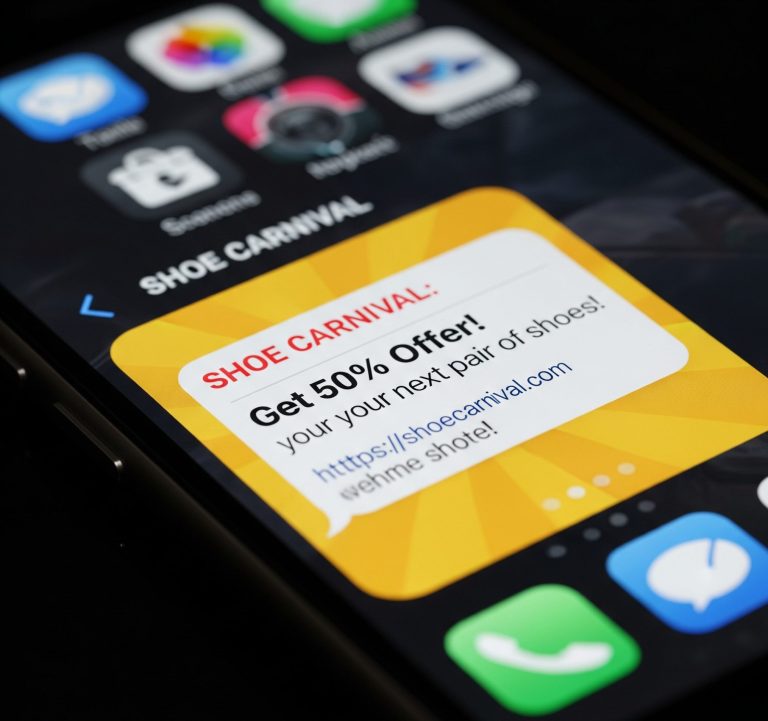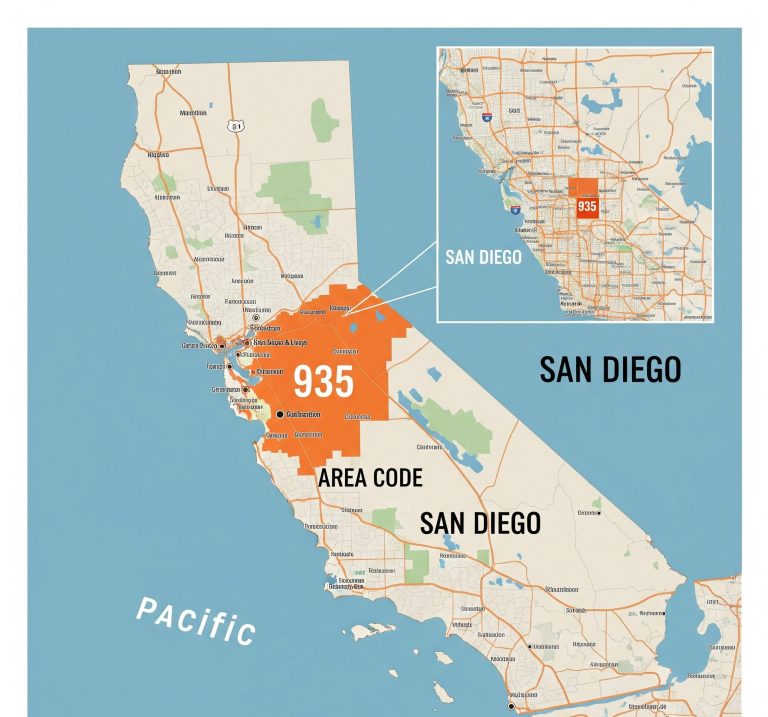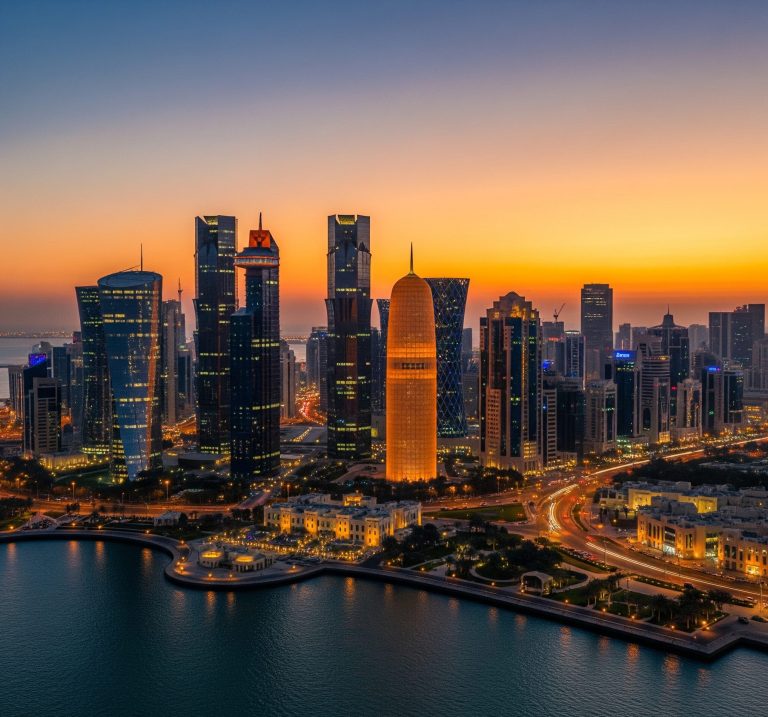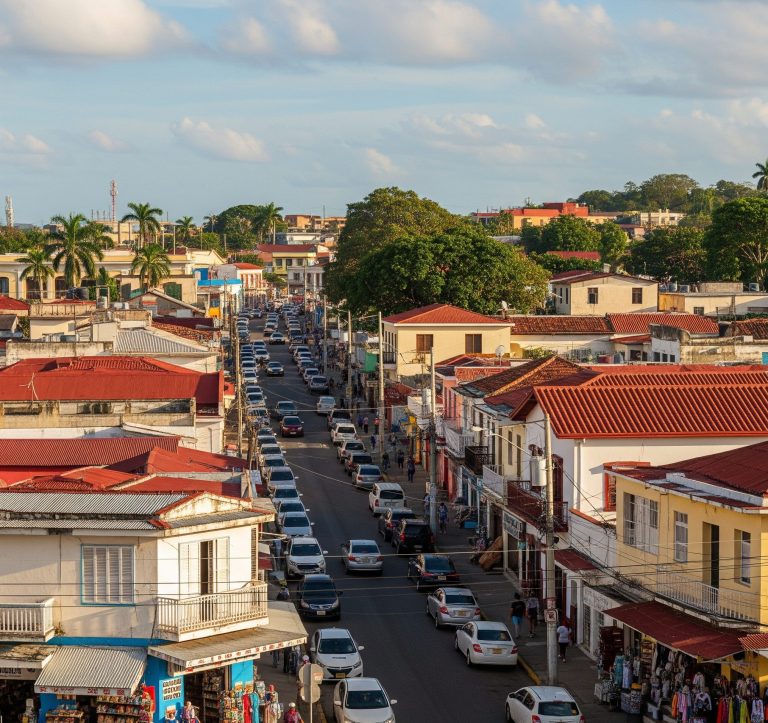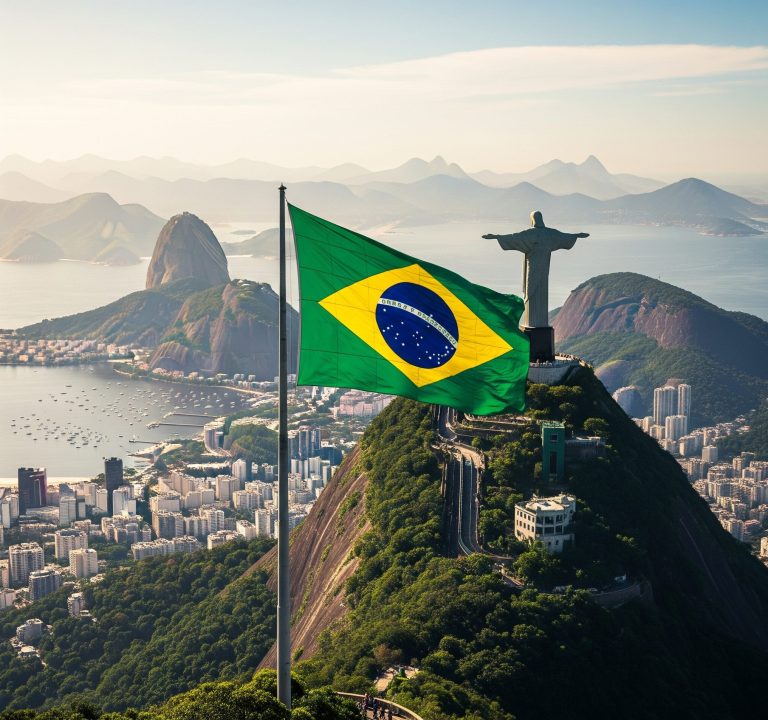Every country in the world is assigned a unique international dialing code, a numerical prefix that routes calls to the correct national telephone network. These codes are part of the International Telecommunication Union’s (ITU) E.164 recommendation, ensuring a standardized global dialing plan. Without these codes, international calls simply wouldn’t know where to go, much like a letter without a country name on its address.
For Americans, familiarity with these codes becomes particularly important in an era of globalization. Whether you’re a business professional engaged in international trade, a student pursuing academic collaborations, a traveler planning an adventure, or simply keeping in touch with friends and family abroad, knowing how to dial correctly is the first step in successful communication.
Contents
Country Code 91: Your Gateway to India
When you need to call a landline or mobile number in India from the United States, country code 91 is the number you’ll always dial after your international access code. India, with its rapidly growing economy, rich cultural heritage, and significant diaspora in the US, is a frequent point of contact for many Americans.
The structure of dialing an Indian number from the US typically follows this format:
- International Access Code (US Exit Code): For most calls from the United States, this is “011”. This code tells your phone provider that you are making an international call.
- Country Code: This is where country code 91 comes in. It directs your call specifically to India.
- Area Code: Following the country code, you’ll need the specific area code for the city or region within India you are trying to reach. Indian area codes vary in length, typically from two to four digits. For example, Mumbai has an area code of 22, while Delhi’s is 11.
- Local Number: Finally, you’ll dial the individual landline or mobile number. Indian landline numbers, combined with their area codes, are generally 10 digits long, while mobile numbers are also 10 digits.
So, a complete international call to India from the US would look something like this: 011 + 91 + Area Code + Local Number.
Navigating Time Zones and Cultural Nuances
Beyond the mechanics of dialing, successful communication with India also involves an awareness of practical considerations. India observes Indian Standard Time (IST), which is UTC+5:30. This means India is significantly ahead of all US time zones. For instance, when it’s 9:00 AM Eastern Standard Time (EST) in New York, it’s already 6:30 PM in Mumbai.
Understanding this time difference is crucial for scheduling calls, especially for business purposes. What might be a convenient time for you in the US could be the middle of the night for your contact in India. Utilizing online time zone converters can be incredibly helpful in coordinating schedules effectively.
Furthermore, being mindful of cultural nuances can enhance your communication. While English is widely spoken in India, particularly in business and urban areas, politeness, patience, and a clear speaking style are always appreciated. Be prepared for potential slight delays in responses due to time zone differences and consider the impact of major Indian holidays on communication availability.
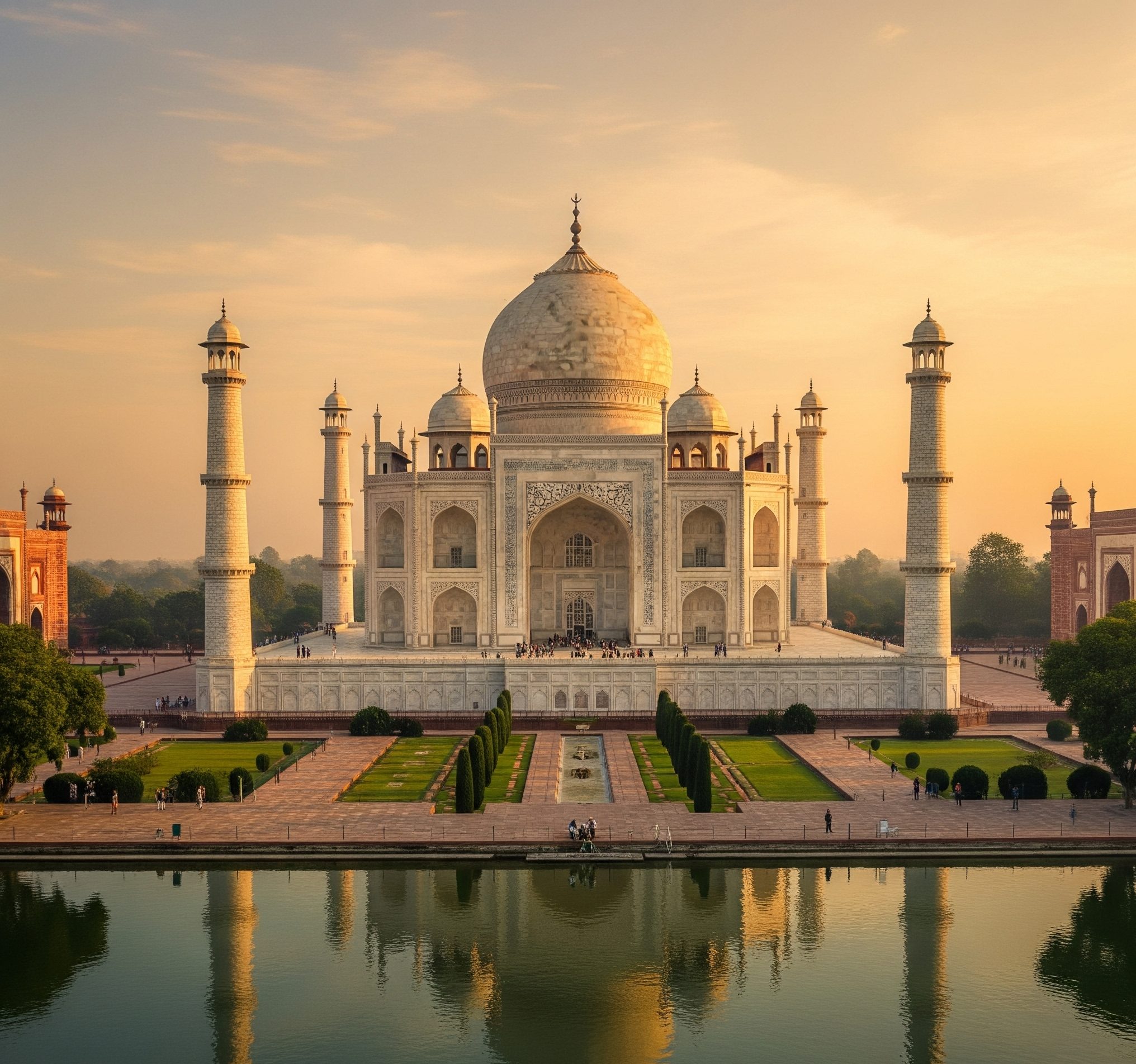
Cost-Effective Calling Strategies
In the past, international calls could be prohibitively expensive. However, with advancements in technology, numerous cost-effective options are now available for Americans calling India:
- VoIP Services: Voice over Internet Protocol (VoIP) services like Skype, Google Voice, and WhatsApp calling utilize the internet to make calls, often at significantly lower rates or even free for app-to-app calls. These are excellent options for both personal and business communication.
- International Calling Plans: Many US mobile carriers offer international calling plans or add-ons that provide reduced per-minute rates or bundles of international minutes to countries like India. It’s worth checking with your provider to see what options they offer.
- Calling Cards: While less common than they once were, international calling cards still exist and can offer competitive rates.
- Messaging Apps: For non-urgent communication, messaging apps like WhatsApp, Telegram, and Signal are widely used in India and offer a convenient and free way to send text messages, voice notes, and even make video calls over Wi-Fi or data.
When choosing a method, consider your frequency of calls, the duration, and whether you require voice, video, or just text communication.
Common Pitfalls and Troubleshooting
While dialing country code 91 is straightforward, occasional issues can arise:
- Missing Exit Code: A common mistake is forgetting to dial the “011” international exit code from the US. Without it, your call won’t leave the US network.
- Incorrect Area Code: Double-checking the specific area code for the Indian city you are calling is essential. An incorrect area code will lead to a misdialed number or a failed call.
- Mobile vs. Landline: While the country code 91 remains the same, ensure you have the correct local number format for either a mobile or landline connection.
- Network Issues: Occasionally, poor network connectivity on either end can affect call quality. If you’re experiencing issues, try redialing or switching to a different calling method if possible.
If a call isn’t connecting, calmly review the number you’re dialing step-by-step, ensuring you’ve included the exit code, country code 91, the correct area code, and the full local number.
Conclusion
For Americans, the ability to seamlessly connect with India, facilitated by understanding and correctly using country code 91, opens up a world of possibilities. From fostering international business relationships and collaborating on research to staying connected with loved ones and planning unforgettable travel experiences, mastering international dialing is a fundamental skill in our globalized society. By understanding the dialing format, considering time differences, exploring cost-effective calling options, and being aware of common pitfalls, you can ensure your conversations with India are clear, concise, and connection-filled.

